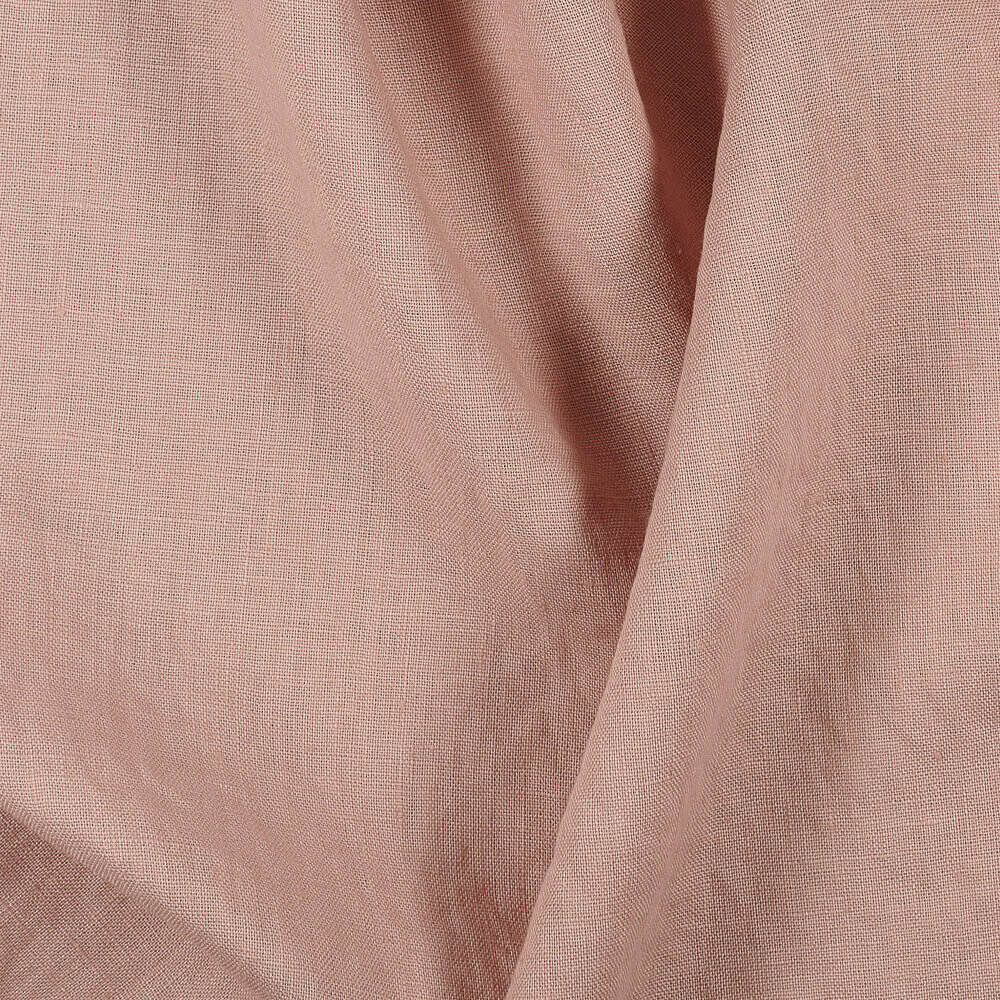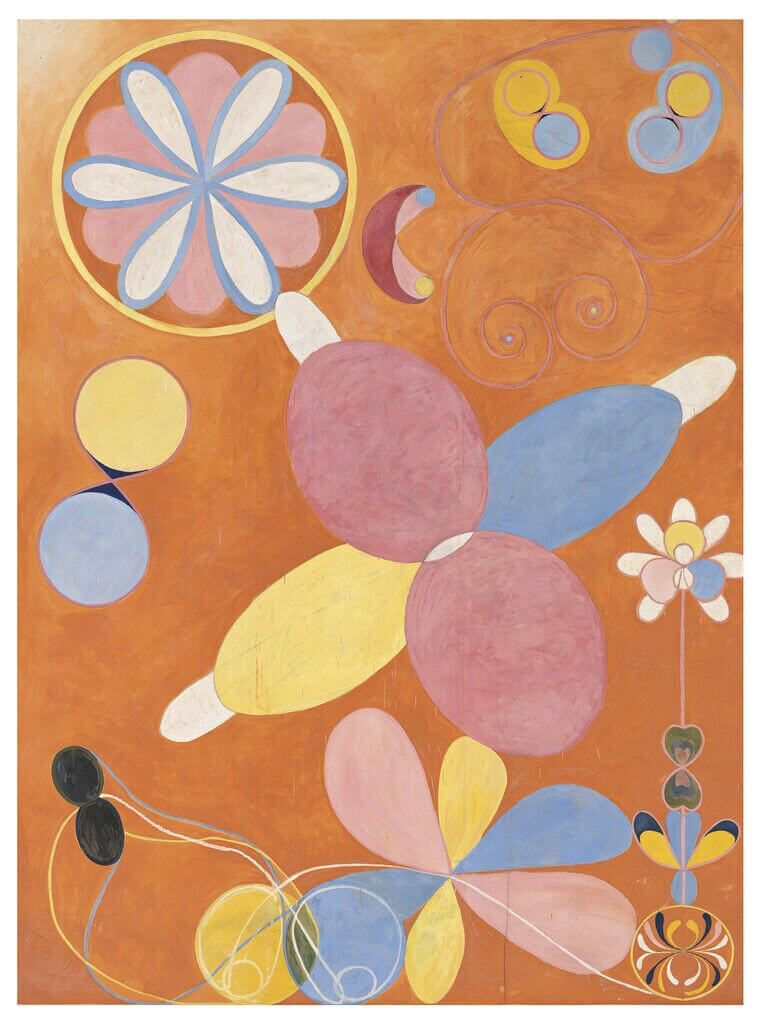FS Colour Series: Old Rose Inspired by Hilma af Klint’s Floral Pinks
The paintings of Swedish visionary Hilma af Klint are filled with quiet wonder, gateways into their own private spiritual realms where looping floral patterns intersect with floating geometric patterns. Each artwork she made was invested with her own codified language of signs and symbols that pointed to her fascination with abstract, ethereal forces beyond the real world, long before Wassily Kandinsky and Kasimir Malevich staked their claim on spiritual abstraction. Her soft, hazy pinks like OLD ROSE were, on the one hand, a nod towards the hues of flowers and nature that she was so fascinated by, yet in pink’s subtle, dreamy qualities Af Klint found a way of conjuring up mystical, dream-like scenarios, where strange and beguiling narratives seem to play out.
Born in Sweden in 1862, Af Klint was raised in a deeply religious household of devout Protestants, setting her on a lifelong quest for spiritual fulfilment. She trained as a painter at Stockholm’s Technical School, followed by the Royal Academy of Fine Arts. After graduating Af Klint earned a living as a traditional portrait and landscape painter, yet she hid from public view a leaning towards the alternative religions that were growing in popularity across Europe – particularly Theosophy and Anthroposophy. She was particularly drawn to the world of seances, hoping she could tap into a means of communicating with lost loved ones.
In the late 1890s Af Klint secretly founded an underground, quasi-religious group called ‘The Five’ with a group of four fellow female artists. Together they would read passages of the Bible, and dabble in experimental study sessions, seances and meditations, hoping they could reach spirits in the afterlife. It was during this time that Af Klint first experimented with free-style drawings as a means of expressing her inner consciousness, unearthing a more intuitive and spontaneous way of making art.
In the following years, Af Klint studied plants and botanical drawing and was employed as a draughtsman for a veterinary institute, where she developed a keen interest in animals and biomorphic forms. But Af Klint’s most radical breakthrough came in 1904, when she claimed to experience her true calling to create art ‘on an astral plane,’ from a spiritual entity named Amaliel. From this point forth she entered into her most fruitful phase yet, driven by what she called a ‘divine dictation.’
Between 1908 and 1915, Af Klint produced nearly 200 large-scale abstract paintings, which she grouped together under the umbrella title of ‘Paintings for the Temple’. Both Group IV, The Ten Largest, No. 2, Childhood, 1907 and Group IV, no 3, The Ten Largest, Youth, 1907 belong to this remarkable and vast body of work; in both, we see how Klint toys with floating, planetary forms and concentric circles from which blossoming, blooming life seems to burst forth and multiply before our eyes. In these paintings and many others from the series, soft, creamy pale pink adorns a series of repetitive, petal-like motifs, invoking the sparkling vitality of spring blossoms opening out in the radiant sunshine.
Af Klint produced a smaller series of paintings towards the end of her restless period of ‘divine guidance’, titled ‘The Dove’. Throughout the series, she tapped into the dove’s symbolic role as a unifier between heavenly and earthly realms, and its connection with peace. The Dove no. 1, 1915 is the first painting Af Klint made for this group, portraying a heart motif resting on a rainbow, split by a spiral helix down the centre. In her typically esoteric style, Af Klint quietly muses on the nature of love, harmony and unity, infusing her central motifs with the softest, purest shade of pastel pink.







































Leave a comment